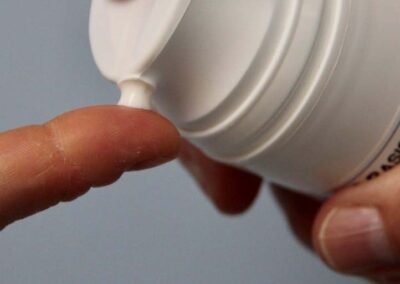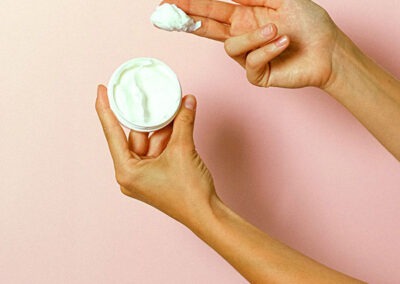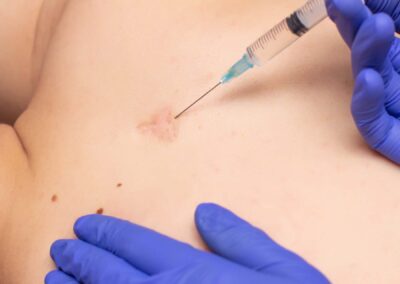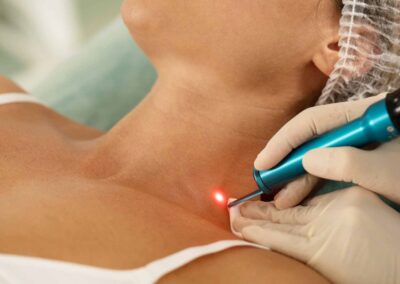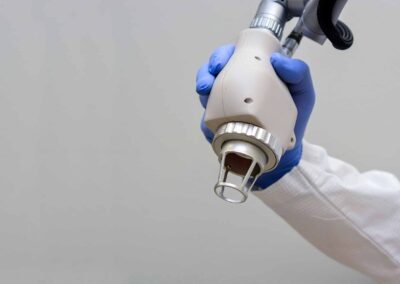Itch
As skin heals from a burn injury, it may get itchy. Most people recovering from major burns have problems with itching—especially on or around the…
Read moreFind a Scar Specialist for Itch
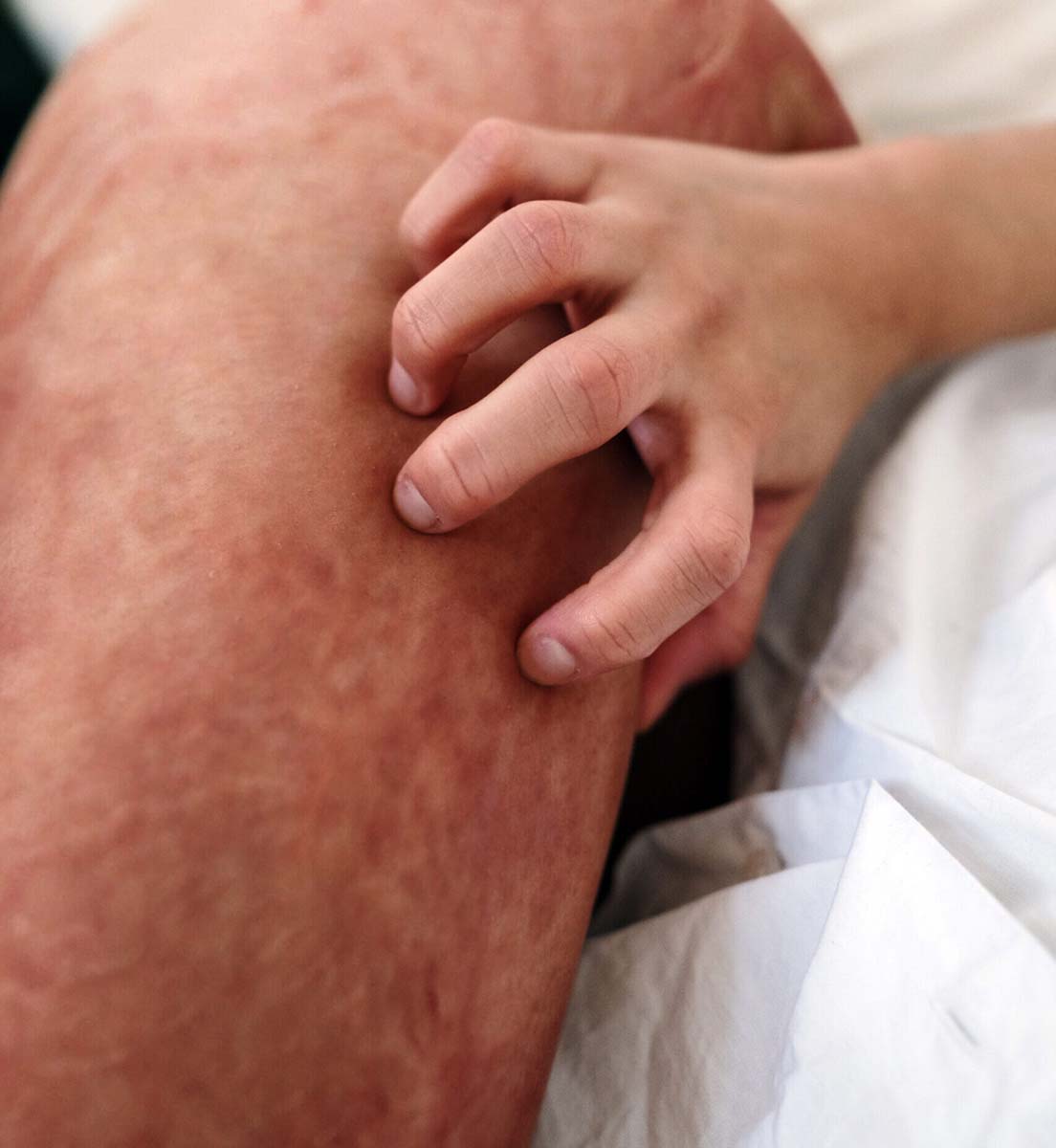
About Itch
As skin heals from a burn injury, it may get itchy. Most people recovering from major burns have problems with itching—especially on or around the burn, graft, or donor site (area where the skin graft was taken from). The medical term for itchiness is “pruritus” (proo-ri´tus).
Itching is a normal part of healing. The reasons for itch are complex and poorly understood. Itch intensity (how bad the itch is) and frequency (how often the itch occurs) are not necessarily related to how big or deep your burn injury is. Itching may cause you to scratch and open fragile previously healed skin and may even stimulate more scarring.
Itching can interfere with everyday activities, including:
- Sleep: Itching tends to worsen at night, making it hard to fall asleep and stay asleep.
- Work and school: Persistent itching can make it hard to concentrate.
- Physical activities: Exercise, sports, and play (for children) may increase itching.
Itching can make you anxious, which can make itching worse. Fortunately, itching decreases over time. In the meantime, there are treatments to help reduce itching.
Treatment options for Itch
More info about the categories
- Home Treatments: The major part of your scar treatment happens at home. There exists a wide variety of home treatments like pressure therapy, silicone, topicals etc…
- Non Invasive Treatments: Several scar management techniques performed by scar specialist have proven their efficacy and will help you to improve your scar.
- Minimally Invasive Treatments: These treatments have become increasingly popular over the last years. Highly visible results and short recuperation times are responsible for this popularity.
- Surgery: Reconstructive surgery is often seen as the last option after all other treatment options have failed. However, with burn scars it is often a necessary measure.
Below you will find an overview of all possible treatments. Click on the different categories to look for specific types of treatment.


